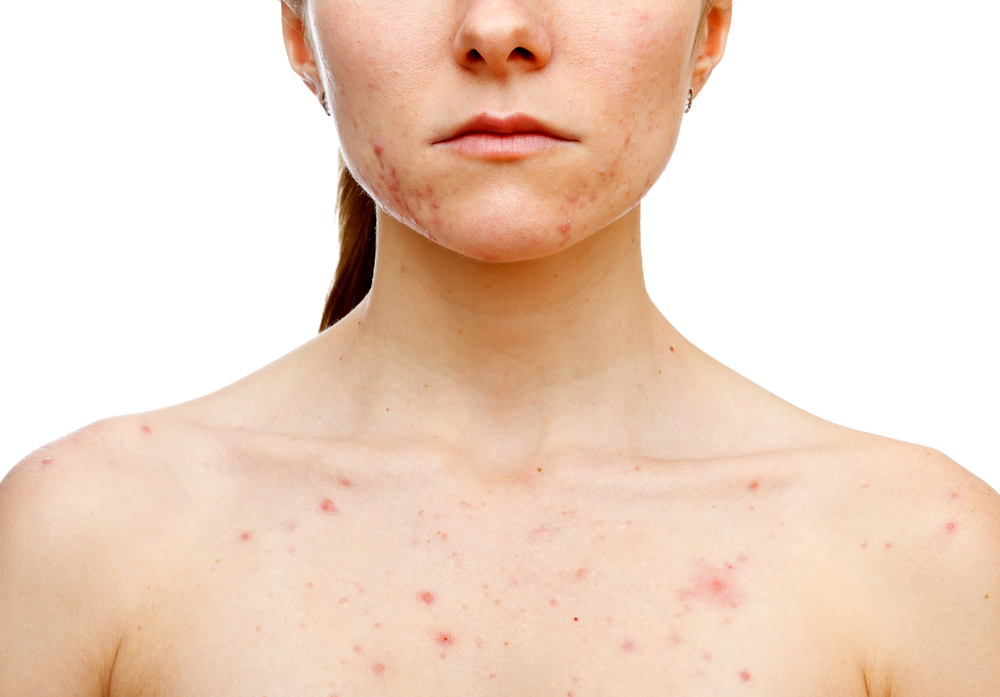Contents:
- Medical Video: Risk Factors of Human Papillomavirus (HPV) - Manipal Hospital
- Infection caused by HPV in addition to cervical cancer
- 1. Genital warts
- 2. Anal cancer
- 3. Penile cancer
- 4. Vaginal cancer
- 5. Cancer of the oropharynx
- Prevent health risks due to HPV infection
Medical Video: Risk Factors of Human Papillomavirus (HPV) - Manipal Hospital
Human Papillomavirus (HPV) is a viral infection that is the main cause of cervical cancer. There are more than 100 HPV viruses, 40 of which are transmitted through sexual contact and can affect the genitals, mouth, and throat. According to Centers for Disease Control and Prevention (CDC), HPV is the most common sexually transmitted infection that affects men and women.
HPV can be transmitted through anal, oral, or vaginal intercourse with an infected person. However, this virus can also be spread by contact from skin to skin. Usually, people infected with this virus do not show any symptoms, so transmission will be very easy to occur. Therefore, early prevention and examination is needed to find out whether or not the HPV virus is in your body, especially for those of you who are sexually active.
Infection caused by HPV in addition to cervical cancer
HPV virus infections can cause several health problems. The infection that commonly occurs is cervical cancer. But it turns out that HPV can cause various other health problems that also need special attention. Among the diseases caused by HPV are:
1. Genital warts
Genital warts are one of the HPV infections in the form of lumps, can be large but can also be small in size so that it is difficult to see with the naked eye. Genital warts can appear in units or even in groups. If described, group warts look like small cauliflower or may only look flat and white.
In women, genital warts appear around the anus or in the vulva, vagina or cervix. Whereas in men, genital warts can occur on the outside of the penis, in the scrotum, or around the anus.
Usually genital warts are accompanied by itching, irritation, and may bleed if scratched. When symptoms develop, infections usually occur 2 to 3 months ago. However, not infrequently the first symptoms appear after years of infection. Both men and women are generally unaware of the existence of this disease until they check their complaints to the doctor.
2. Anal cancer
Nearly 80% of anal cancers are found in people over 60 years. Before the age of 35 years, anal cancer is more common in men. Frequent anal intercourse has the potential to trigger the development of anal cancer, because it increases the risk of transmission of HPV infection to the anus.
Patients with weak immune systems tend to get this cancer. The most common symptom of anal cancer is bleeding. In addition, itching in the anus can also mark this disease. Other signs are pain or pressure in the anal area, lumps near the anus, changes in bowel movements, and the presence of fluid that does not usually pass through the anus.
3. Penile cancer
Penile cancer starts in the skin cells of the penis and extends to the inside. This cancer, including rarely found. Although rare, this cancer can be treated if found at an early stage. Experts estimate that uncircumcised people are more likely to be at risk of this cancer.
Cancer cell growth can occur if there is a liquid trapped at the tip of the penis and not cleaned. In addition, several studies suggest that penile cancer occurs due to infection with certain HPV viruses.
This type of cancer is more common in men over the age of 60, smokers, and in those who have a weak immune system. The following are the symptoms that usually occur in penile cancer:
- Change in thickness or color on the skin the penis. It usually appears on the skin tip of an uncircumcised male penis.
- The presence of a rash or small crusty lump on the skin of the tip of the penis skin.
- The penis hurts
- Swelling at the tip of the penis
- There is a lump under the skin in the groin area
- The penis looks bluish
- There is an unpleasant odor coming from the tip of the uncircumcised penis
However, not all men with signs above have penile cancer. This can also occur due to an allergic reaction. Even so, it is important to check the health of your penis if unusual symptoms appear.
4. Vaginal cancer
Vaginal cancer is a rare case, just like penile cancer. Vaginal cancer most often occurs in cells lining the surface of your vagina, which is often referred to as the birth canal. In the early stages, this cancer does not show any symptoms. However, over time can cause signs and symptoms such as:
- Unusual vaginal bleeding, for example after having intercourse or after menopause
- Leucorrhoea
- There is a lump in the vagina
- Frequent urination
- Constipation
- Pelvic pain
5. Cancer of the oropharynx
According to the Cancer Treatment Centers of America, HPV causes throat cancer, especially oropharyngeal cancer. Oropharyngeal cancer is a cancer that attacks the back of the throat, including the base of the tongue and tonsils. Generally, this type of cancer is more common in men than women.
Prevent health risks due to HPV infection
Given the many dangers of HPV to the body, prevention is absolutely necessary. The absence of symptoms at the outset of the virus, so that HPV infection is often detected late. For that, an effective way to ward off this virus is to vaccinate HPV. The HPV vaccine will protect the body from the risk of contracting dangerous diseases that might be caused by the HPV virus.
Experts say that the younger a person gets this vaccine, the higher the effectiveness of the vaccine will be. Girls are advised to get this vaccine starting at the age of 9 years. But if you are an adult, it is never too late to get HPV vaccination, provided that those who have had sexual intercourse are encouraged to do a pap smear test before taking vaccination. Love yourself, your family, and the people closest to you by carrying out the HPV vaccine. Because, who else binds your own body if not you?












